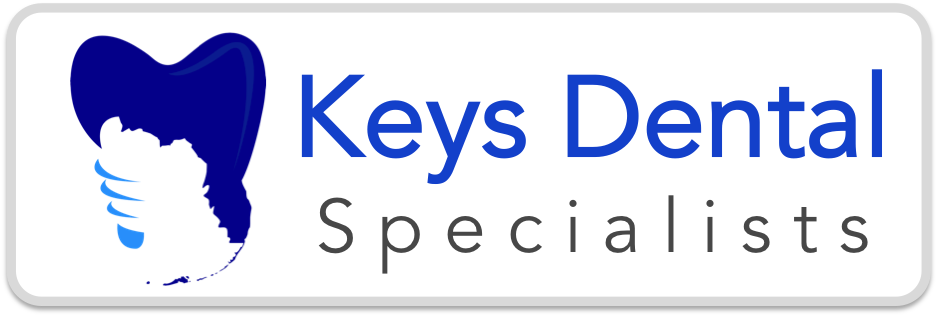An impacted tooth is a tooth that is positioned against another tooth, bone, or soft tissue. Call our Key West office and let our dentist improve your smile. At around age 11 or 12, the canine teeth grow in. After wisdom teeth, these special teeth are the most likely teeth to become impacted (stuck beneath the gums and not able to grow into the mouth properly). Since they are essential for the bite, when the canines become impacted, they must be treated in a way that allows them to grow in and take their proper place in the dental arch. The standard treatment for canine impaction is a two-phase procedure called exposure and bonding, during which an oral surgeon works hand in hand with an orthodontist to move the canine tooth into its proper position.
Dr. Nathan Eberle MD, DDS, FACS is expertly trained to treat impacted canine teeth with exposure and bonding procedures successfully. If you or your child require treatment for impacted canines, we encourage you to request a consultation with Dr. Nathan Eberle MD, DDS, FACS during which a personalized treatment plan will be created that will offer you or your child the most comfortable experience possible in a calm and friendly oral surgery environment.
What Causes Canine Impaction?
Most canine teeth will grow into the dental arch without issue, but these crucial teeth can sometimes become impacted due to Baby teeth that have not fallen out, or abnormal growths that are blocking the canine teeth.
Excessive Dental Crowding
The American Association of Orthodontists recommends that all children be seen by a dental professional by age 7 for an examination and imaging to track the eruption of the permanent teeth and to be sure that the canines are developing properly. If an impacted canine tooth is detected, you will be referred for treatment by an experienced oral surgeon. Early treatment is important because if a canine tooth remains impacted into adulthood, treatment is less likely to be successful. When an impacted canine cannot be treated, dental implants or other tooth replacement options can be used to replace the canines with very excellent aesthetic and functional results.
How Does the Exposure and Bonding Treatment Work?
Exposure and bonding for impacted canine teeth is a common and effective two-phase treatment that Dr. Nathan Eberle MD, DDS, FACS performs regularly at our friendly and state-of-the-art Weston practice. For this treatment, Dr. Nathan Eberle MD, DDS, FACS will work closely with your orthodontist. For the first phase of treatment, your orthodontist will place braces on your teeth to make a space in the dental arch for the impacted tooth. Once this space is ready, your orthodontist will send you to our office so that we can surgically expose the tooth by making an incision in the gum and/or bone that is blocking it. After this step, a small orthodontic appliance called a bracket will be placed on the tooth, and a chain will be attached to the tooth using this bracket. During the final phase, the orthodontist will use the bracket and chain to gently guide the impacted canine tooth into its proper location in the dental arch over time.
If you have any questions about the procedures and services that we offer at WCOMS or if you are ready to *request a consultation* appointment with Dr. Nathan Eberle MD, DDS, FACS, please feel free to contact us today.
Overview
In order to lessen the likelihood of extensive dental treatment, it is essential to visit your dentist regularly. If you have increased tooth sensitivity or believe that you may have a cavity, you should schedule an appointment with your dentist today. Small cavities can be easily treated and are a standard procedure performed by dentists every day.




